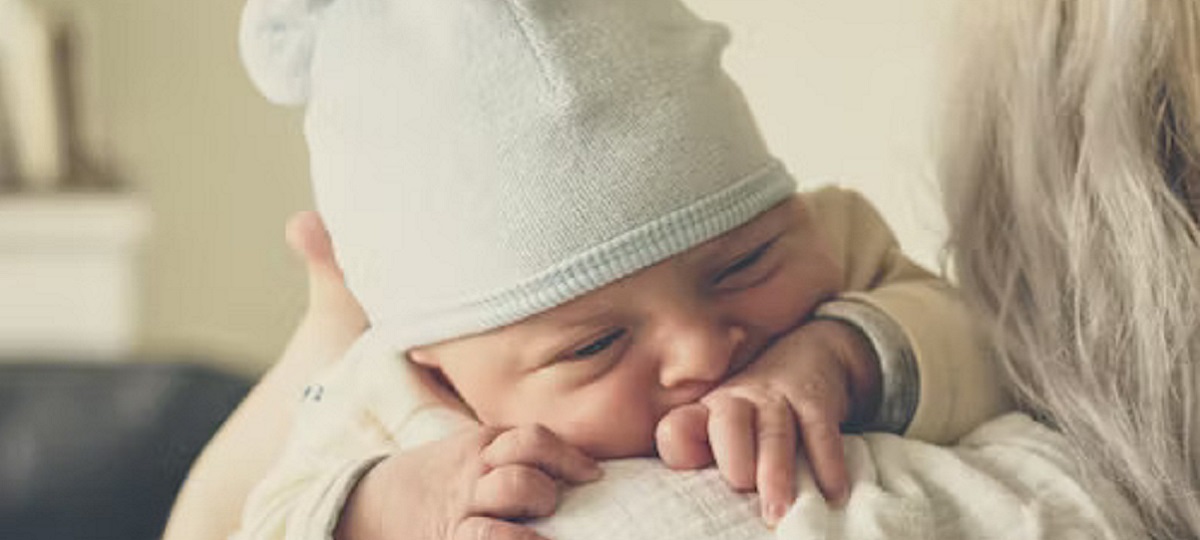Asthma is a chronic respiratory condition that affects people of all ages, including infants and toddlers. Diagnosing asthma in babies can be challenging due to their inability to communicate symptoms effectively. However, with careful observation and diagnostic tests, healthcare providers can identify asthma in infants and provide appropriate treatment. In this article, we’ll explore the process of diagnosing asthma in babies and discuss the signs, symptoms, and tests involved.
Signs and Symptoms of Asthma in Babies
Babies with asthma may exhibit a variety of signs and symptoms that indicate respiratory distress. While some of these symptoms can mimic those of other respiratory conditions, a combination of the following may suggest asthma:
- Frequent Coughing: A persistent cough, especially at night or during physical activity, is a common symptom of asthma in babies.
- Wheezing: Wheezing, characterized by a high-pitched whistling sound during breathing, is often heard in infants with asthma. It typically occurs when airways become narrowed or obstructed.
- Shortness of Breath: Babies with asthma may have difficulty breathing, leading to rapid or shallow breaths. They may also exhibit retractions, where the skin pulls in around the ribs or neck during breathing.
- Chest Tightness: Infants may appear uncomfortable or irritable due to chest tightness or discomfort associated with asthma.
- Frequent Respiratory Infections: Babies with asthma may experience recurrent respiratory infections, such as bronchitis or pneumonia, which can exacerbate asthma symptoms.
- Difficulty Feeding: Some infants with asthma may have trouble feeding or may refuse to eat due to breathing difficulties.
Diagnostic Process
Diagnosing asthma in babies involves a comprehensive evaluation of symptoms, medical history, and physical examination. While there is no single test that definitively diagnoses asthma in infants, healthcare providers may use a combination of the following approaches:
- Medical History: Gathering information about the baby’s symptoms, family history of asthma or allergies, and exposure to environmental triggers can help healthcare providers assess the likelihood of asthma.
- Physical Examination: A thorough physical examination allows healthcare providers to assess the baby’s respiratory function, listen for abnormal lung sounds (such as wheezing), and check for signs of respiratory distress.
- Diagnostic Tests:a. Pulmonary Function Tests (PFTs): While PFTs are typically used to diagnose asthma in older children and adults, they may be performed in some cases to assess lung function in infants. However, PFTs in babies are challenging to perform and interpret accurately.
b. Chest X-ray: A chest X-ray may be ordered to rule out other respiratory conditions, such as pneumonia or congenital abnormalities.
c. Allergy Testing: Allergy tests may be conducted to identify specific triggers that could exacerbate asthma symptoms in babies.
d. Bronchodilator Response Test: In some cases, healthcare providers may administer a bronchodilator (such as albuterol) to assess the baby’s response. Improvement in symptoms following bronchodilator administration may support a diagnosis of asthma.
e. Fractional Exhaled Nitric Oxide (FeNO) Test: FeNO testing measures the level of nitric oxide in the breath, which can be elevated in people with asthma. While FeNO testing is more commonly used in older children and adults, it may be considered in some cases for infants.
- Trial of Therapy: In situations where diagnostic testing is inconclusive, healthcare providers may recommend a trial of asthma medications, such as inhaled bronchodilators or corticosteroids. Improvement in symptoms with medication may support a diagnosis of asthma.
Challenges in Diagnosis
Diagnosing asthma in babies presents several challenges due to their limited ability to communicate symptoms and perform diagnostic tests. Additionally, asthma symptoms in infants may overlap with those of other respiratory conditions, further complicating the diagnostic process. Healthcare providers must carefully evaluate the baby’s symptoms, medical history, and response to therapy to make an accurate diagnosis.
Managing Asthma in Babies
Once a diagnosis of asthma is confirmed, the goal of treatment is to control symptoms, prevent exacerbations, and improve quality of life. Asthma management in babies typically involves a combination of medication, environmental control measures, and parental education:
- Medication: Depending on the severity of symptoms, babies with asthma may be prescribed inhaled bronchodilators (such as albuterol) to relieve acute symptoms and inhaled corticosteroids to reduce airway inflammation and prevent exacerbations. Medications are typically delivered using a nebulizer or inhaler with a spacer device.
- Environmental Control: Identifying and minimizing exposure to asthma triggers, such as tobacco smoke, pet dander, dust mites, and air pollution, is crucial for managing asthma in babies. This may involve implementing measures such as using allergen-proof mattress and pillow covers, maintaining a smoke-free environment, and avoiding known triggers.
- Parental Education: Educating parents and caregivers about asthma management strategies, proper medication administration techniques, and recognizing signs of worsening symptoms is essential for optimizing asthma control in babies. Parents should also be advised to develop an asthma action plan in collaboration with their healthcare provider to guide treatment during exacerbations.
- Regular Follow-Up: Babies with asthma should receive regular follow-up care with their healthcare provider to monitor symptoms, adjust medication dosages as needed, and assess lung function. Close communication between parents and healthcare providers is essential for optimizing asthma management and addressing any concerns or questions that may arise.
Conclusion
Diagnosing asthma in babies requires careful evaluation of symptoms, medical history, and diagnostic tests. While the diagnostic process can be challenging due to the limitations of infant communication and testing, healthcare providers can use a combination of approaches to identify asthma and initiate appropriate treatment. Early diagnosis and management of asthma in babies are essential for controlling symptoms, preventing exacerbations, and promoting optimal lung health and quality of life. Parents and caregivers play a crucial role in asthma management by implementing environmental control measures, administering medications as directed, and collaborating closely with healthcare providers to monitor their baby’s condition. With proper management and support, babies with asthma can lead healthy and active lives.
